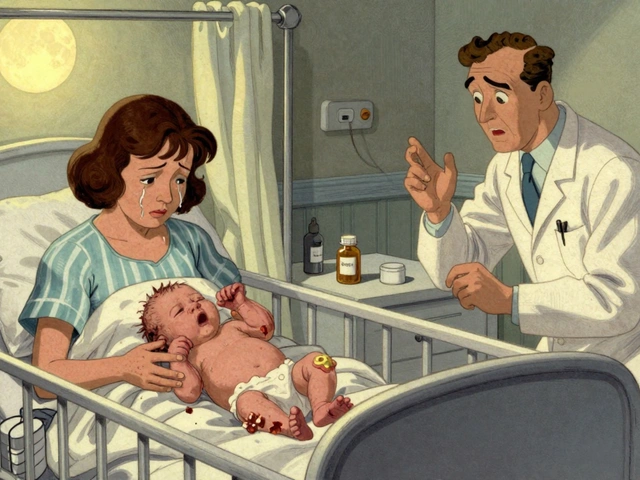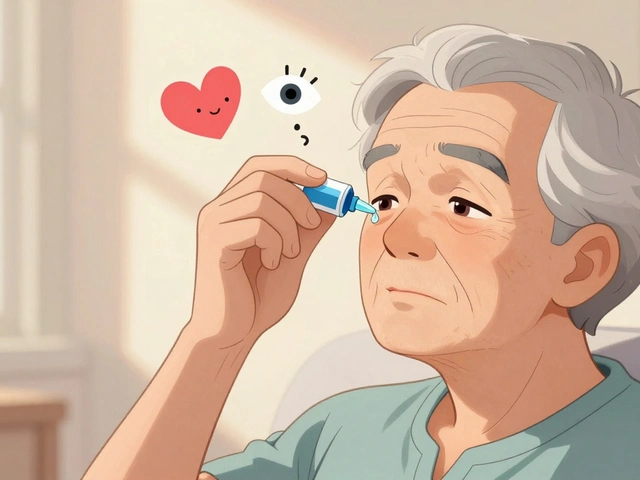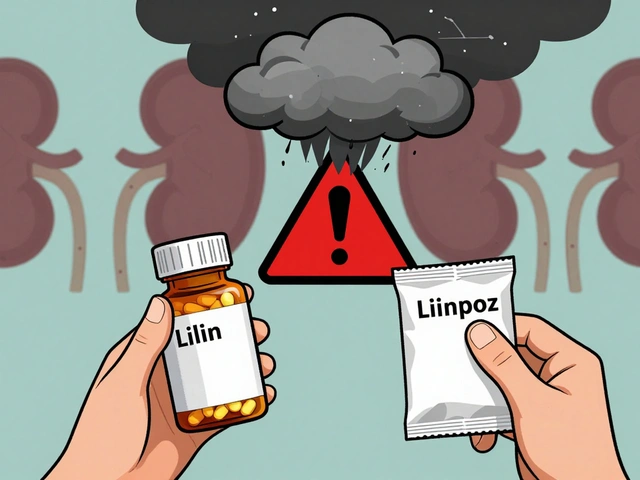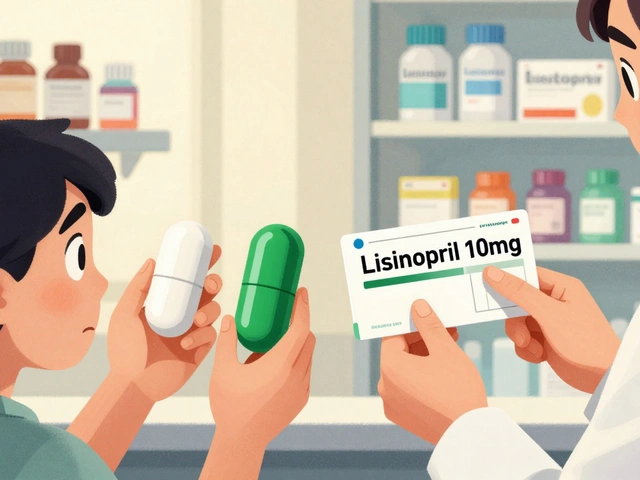Skin Infection: Causes, Treatments, and What Works
When your skin gets red, swollen, itchy, or starts oozing, you’re likely dealing with a skin infection, an invasion of harmful microbes like bacteria, fungi, or viruses through a break in the skin. Also known as cutaneous infection, it’s one of the most common reasons people visit a doctor—or just try to treat it themselves. These aren’t just minor annoyances. Left untreated, a simple pimple can turn into a deep abscess. A tiny cut can become a spreading cellulitis. And what looks like dry skin might actually be ringworm.
Bacterial skin infections, like those caused by Staphylococcus or Streptococcus, often follow cuts, insect bites, or eczema flare-ups. They show up as pus-filled bumps, warm red patches, or boils. Then there’s fungal skin infection, including athlete’s foot, jock itch, and yeast overgrowth. These thrive in warm, damp areas and itch like crazy. They don’t need antibiotics—they need antifungal creams or pills. And sometimes, viruses like herpes simplex or molluscum contagiosum mimic bacterial or fungal problems, making self-diagnosis risky.
What you use matters. Over-the-counter hydrocortisone might calm the itch but won’t kill the germ. Antibiotics like doxycycline or cephalexin work for bacterial types, but only if the bug is sensitive. Antifungal creams like clotrimazole or terbinafine are effective for fungal cases—but only if you use them long enough. Many people stop when the redness fades, not realizing the fungus is still hiding. And yes, some infections respond to light therapy, like methoxsalen used in PUVA for stubborn conditions. But that’s prescription-only and not for every case.
It’s not just about what you put on your skin. Where you live, how you sweat, whether you share towels, or wear tight synthetic clothes—all of it plays a role. Athletes, diabetics, and older adults are at higher risk. So is anyone with a weakened immune system. Even something as simple as shaving can create tiny openings for infection.
This collection of articles doesn’t just list drugs. It shows you how real people manage these problems, what actually works, and what’s just hype. You’ll find comparisons between antibiotics, deep dives into antifungal options, and even how some medications can trigger skin reactions that look like infections. You’ll see how ivermectin is being studied for certain parasitic skin bugs, and how treatments like methoxsalen are used for conditions that mimic infections. No fluff. No guesswork. Just clear, practical info based on real cases and proven science.






